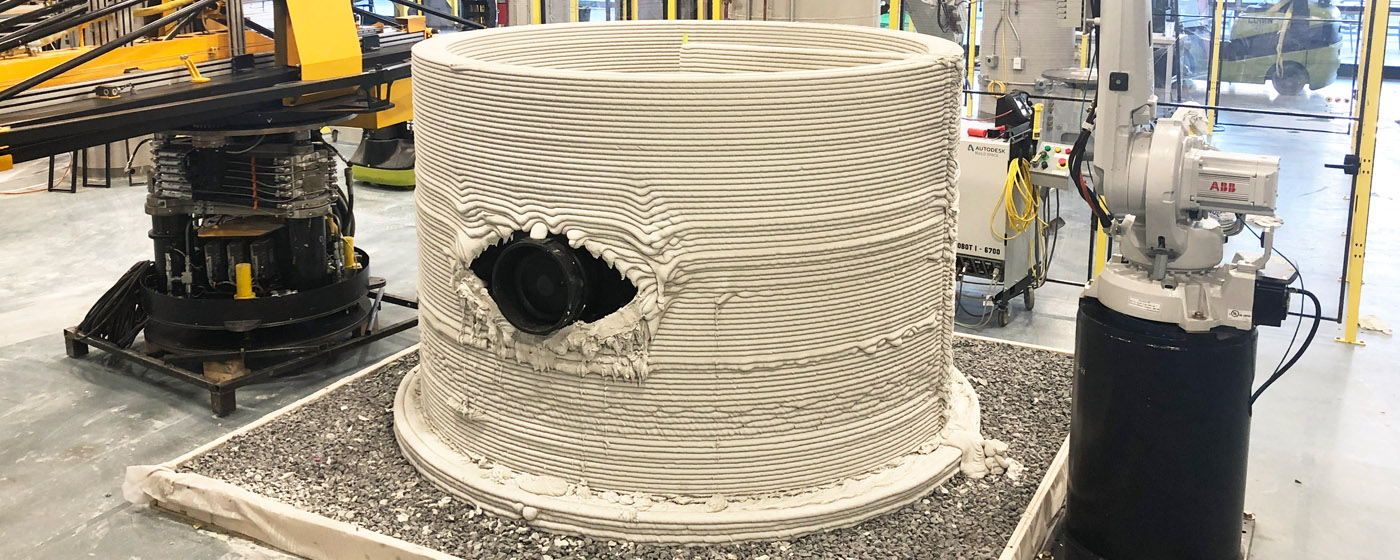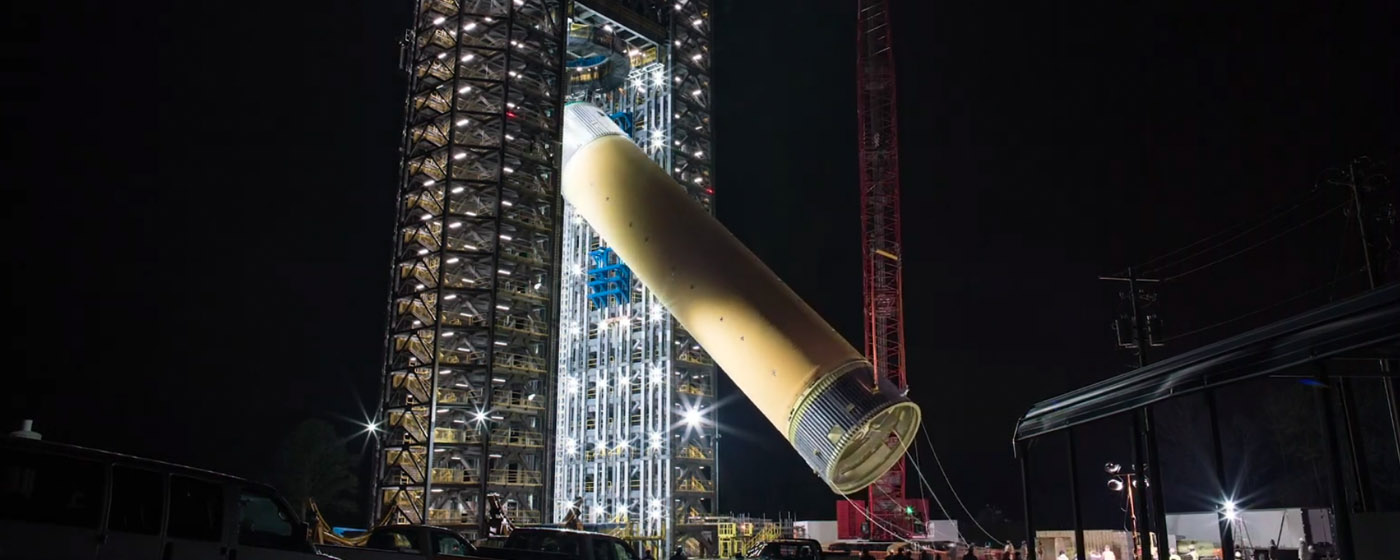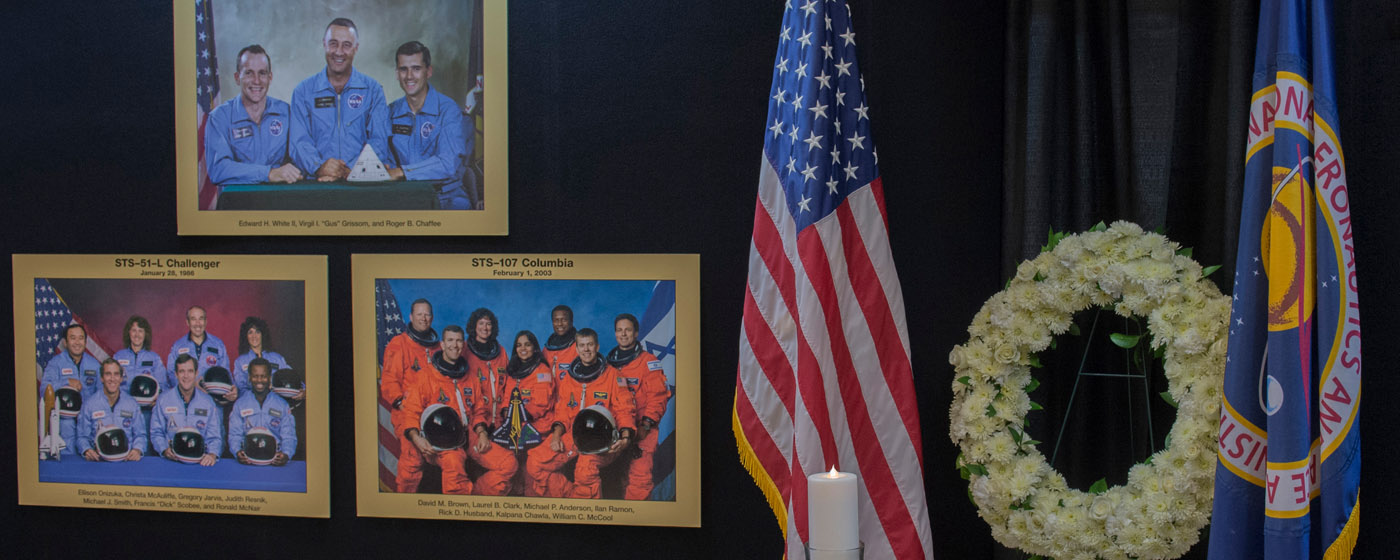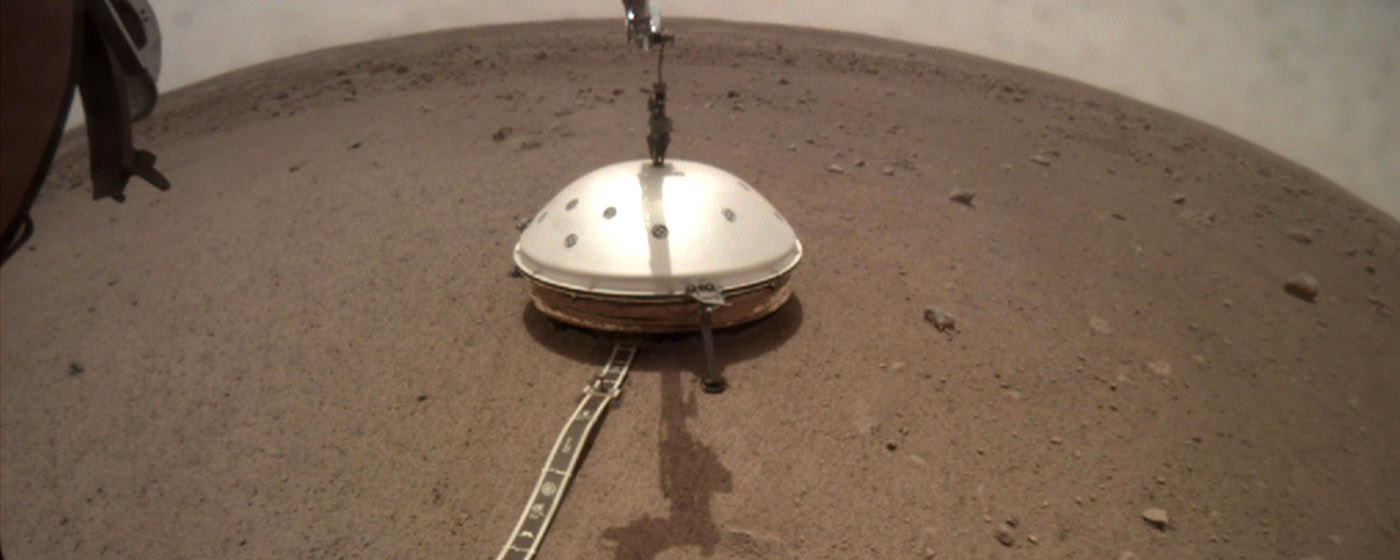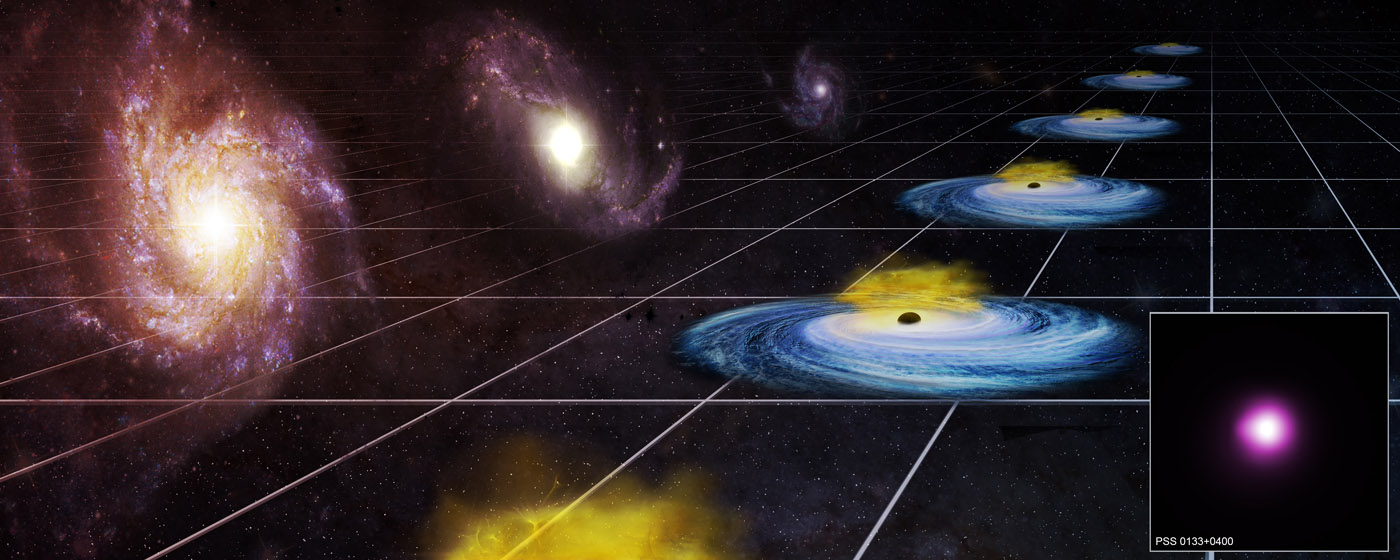Latest Updates from NASA on 3D-Printed Habitat Competition
Four teams will share a $300,000 prize for successful completion of the seal test stage of the 3D-Printed Habitat Challenge, a competition to create sustainable shelters suitable for the Moon, Mars or beyond using resources available on-site in these locations. For this level of the competition, teams submitted 3D-printed samples that were tested for their ability to hold a seal, for strength and for durability in temperature extremes.
Watch as Crews Lift the SLS Liquid Hydrogen Tank Test Article into Test Stand
To ensure NASA’s Space Launch System rocket is ready for Exploration Mission-1, engineers are performing a series of tests at NASA’s Marshall Space Flight Center in Huntsville, Alabama. Crews loaded the 149-foot liquid hydrogen tank structural test article, the largest piece of structural test hardware for the core stage of SLS, into Test Stand 4693 Jan. 14.
Marshall, NASA Honors Fallen Heroes
On Thursday, Feb. 7, Marshall joined NASA field centers and facilities nationwide to honor members of the NASA family who lost their lives while furthering the cause of exploration and discovery, including the crews of Apollo 1 and space shuttles Challenger and Columbia.
InSight’s Seismometer Now Has a Cozy Shelter on Mars
For the past several weeks, NASA’s InSight lander has been making adjustments to the seismometer it set on the Martian surface on Dec. 19. Now it’s reached another milestone by placing a domed shield over the seismometer to help the instrument collect accurate data.
Astronomers Find Dark Energy May Vary Over Time
A new study using data from NASA’s Chandra X-ray Observatory and European Space Agency’s XMM-Newton suggests that dark energy may have varied over cosmic time, as reported in our latest news release. First discovered about 20 years ago by measuring the distances to exploded stars called supernovas, dark energy is a proposed type of force, or energy, that permeates all space and causes the expansion of the universe to accelerate. Using this method, scientists tracked the effects of dark energy out to about 9 billion years ago.
For more information or to learn about other happenings at NASA’s Marshall Space Flight Center, visit NASA Marshall. For past issues of the ICYMI newsletter, click here.
NASA Marshall Space Flight Center news releases and other information are available automatically by sending an e-mail message with the subject line subscribe to msfc-request@newsletters.nasa.gov.
To unsubscribe, send an e-mail message with the subject line unsubscribe to msfc-request@newsletters.nasa.gov.



























